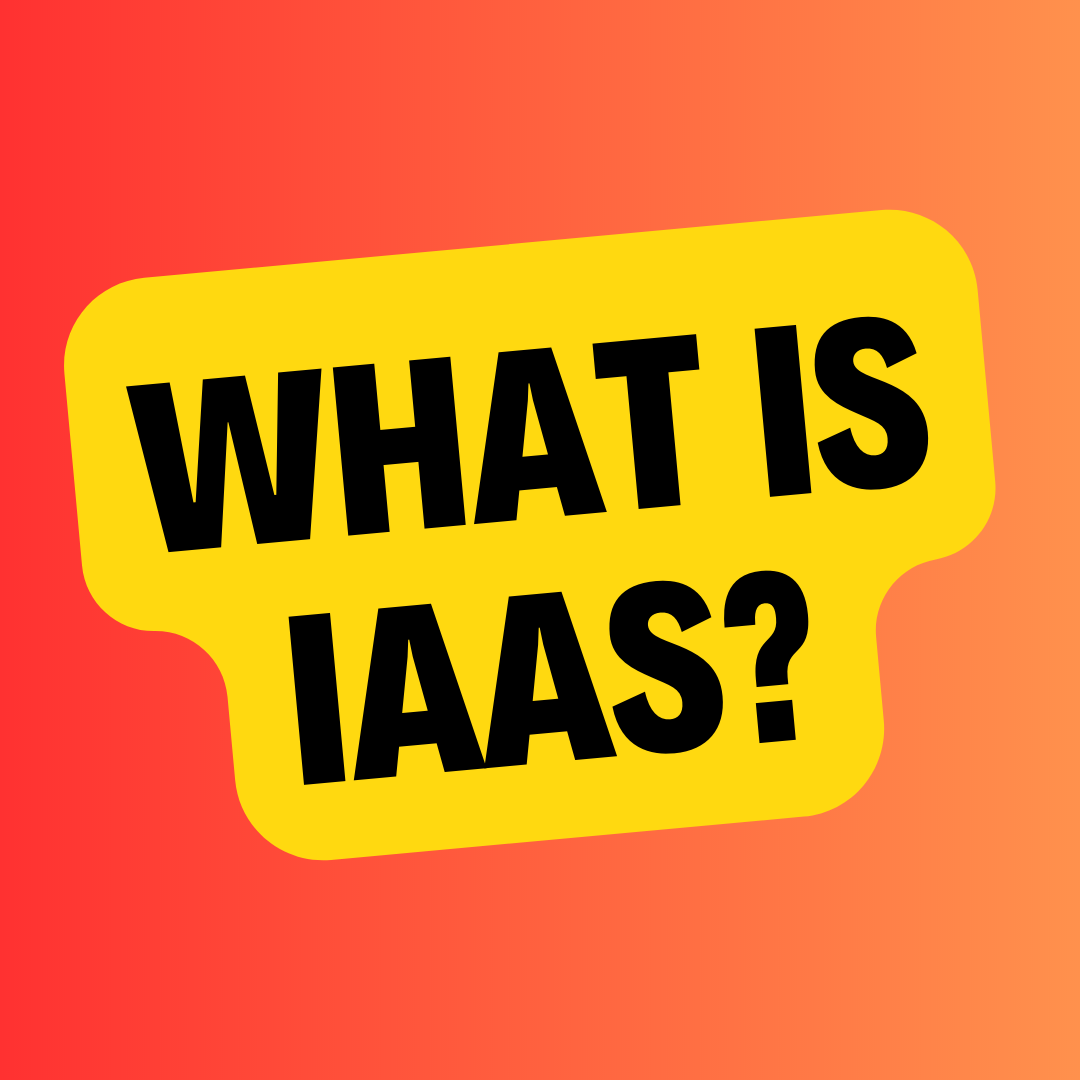Introduction: What is PaaS? PaaS stands for Platform as a Service. It is a cloud computing service model that provides a platform and environment for developers to build, deploy, and manage applications without the complexity of infrastructure management. It offers a complete development and runtime environment, including tools, libraries, databases, and operating systems, all delivered over the internet. It allows developers to focus on writing code and developing applications without worrying about the underlying infrastructure, scalability, or maintenance. PaaS offers advantages such as faster development cycles, scalability, flexibility, and cost efficiency, making it a popular choice for businesses and developers looking to streamline application development and deployment processes.
What is PaaS? Types of PaaS
The future plan for partnership in marketing and business by incubation facilities to startups is focused on providing extensive support and resources to foster their growth and success. This includes:
- Tailored Marketing Strategies: Incubation facilities will collaborate closely with startups to develop customized marketing strategies aligned with their unique value propositions and target audiences.
- Branding and Positioning: Helping startups establish strong brand identities and effective positioning in the market to differentiate themselves from competitors.
- Market Research and Analysis: Conducting in-depth market research to identify target markets, customer needs, and emerging trends, enabling startups to make informed business decisions.
- Access to Networks and Collaborations: Facilitating partnerships with industry experts, mentors, investors, and potential customers to expand networks and gain valuable insights.
- Digital Marketing Support: Assisting startups in leveraging digital marketing channels, social media, and online advertising to enhance their visibility and reach a wider customer base.
- Lead Generation and Conversion: Providing guidance on lead generation techniques, customer acquisition strategies, and conversion optimization to drive business growth.
- Funding and Investor Relations: Assisting startups in securing funding through connections with investors, venture capitalists, and angel networks, as well as providing guidance on effective investor relations.
- Strategic Partnerships: Facilitating strategic alliances and partnerships with established companies, suppliers, and distributors to enhance market reach and scale operations.
- Training and Workshops: Organizing workshops, training sessions, and mentoring programs to enhance marketing and business skills of startup teams.
- Performance Monitoring and Analytics: Implementing tools and metrics to track marketing performance, measure key performance indicators, and provide data-driven insights for continuous improvement.
By implementing these future plans, incubation facilities aim to empower startups with the necessary marketing and business resources, enabling them to thrive in the competitive market and achieve long-term success.
Difference between PaaS and iPaaS
PaaS (Platform as a Service) and iPaaS (Integration Platform as a Service) are two distinct cloud computing service models that serve different purposes in application development and integration. Here’s a breakdown of the key differences between PaaS and iPaaS:
|
Focus and Functionality |
|
| PaaS provides a platform and environment for developers to build, deploy, and manage applications. It offers a complete development and runtime environment, including tools, libraries, and services for application development.
|
iPaaS focuses on facilitating the integration of different systems, applications, and data sources. It provides tools, connectors, and services for connecting and integrating disparate systems and enabling seamless data flow and communication. |
|
Application Development vs. Integration |
|
| It primarily focuses on application development and deployment. It provides a platform for developers to write code, build applications, and manage the application lifecycle.
|
It is dedicated to integration. It enables organizations to connect and integrate various applications, systems, and data sources, allowing for data exchange, synchronization, and workflow automation.
|
|
Scope and Capabilities |
|
| It offers a broader range of services and capabilities for application development, including development frameworks, databases, operating systems, and runtime environments.
|
It is specifically designed for integration purposes. It provides pre-built connectors, APIs, and data transformation tools to facilitate seamless data integration and communication between different systems and applications.
|
|
Developer vs. Integration Specialist |
|
| PaaS targets developers who are focused on building applications and require a development environment and tools to streamline the development process.
|
iPaaS targets integration specialists or developers who are responsible for integrating applications, systems, and data sources. It provides them with the necessary tools and services to handle complex integration scenarios. |
In summary, while PaaS focuses on application development and deployment, iPaaS is geared towards facilitating the integration of systems and applications. It provides a complete development environment, while iPaaS offers specialized integration tools and services to connect and synchronize data between various systems and applications.
Understanding the Pros and Cons of PaaS
(Platform as a Service) offers several advantages and disadvantages that organizations should consider when evaluating its adoption. Here are the key pros and cons of PaaS:
| Pros of PaaS | Cons of PaaS
|
| 1. Simplified Development: It provides a complete development environment, including pre-configured tools, libraries, and frameworks. This simplifies the development process and accelerates application development, allowing developers to focus on writing code and building applications rather than managing underlying infrastructure. | 1. Limited Control: It restricts control over the underlying infrastructure, operating system, and network configurations. Organizations have to rely on the capabilities and limitations of the PaaS provider’s infrastructure, which may not meet specific requirements. |
| 2. Scalability: PaaS offers scalability by providing the necessary infrastructure and resources to handle increasing workloads. It allows applications to scale up or down based on demand, ensuring optimal performance and resource utilization. | 2. Vendor Lock-In: Adopting a PaaS solution often leads to vendor lock-in, making it challenging to switch providers or migrate applications to another platform. Organizations need to carefully consider the long-term implications of vendor dependence. |
| 3. Cost Efficiency: PaaS eliminates the need for organizations to invest in and manage their own infrastructure. They can leverage the shared infrastructure provided by the PaaS provider, resulting in cost savings associated with hardware, maintenance, and software licenses. | 3. Security Concerns: With PaaS, organizations entrust the security of their applications and data to the PaaS provider. It is essential to thoroughly assess the security measures and certifications offered by the provider to ensure data protection and compliance. |
| 4. Rapid Deployment: PaaS streamlines the deployment process by providing built-in deployment mechanisms and automation tools. This enables faster application deployment, reducing time to market and enhancing agility. | 4. Compatibility Issues: PaaS may have limitations in terms of supported programming languages, frameworks, and databases. This can result in compatibility issues if organizations have existing applications or dependencies that are not supported by the chosen PaaS platform. |
| 5. Collaboration and Teamwork: PaaS promotes collaboration and teamwork by providing a centralized platform for developers, project managers, and other stakeholders to collaborate on application development. It allows for seamless code sharing, version control, and collaborative debugging. | 5. Reliance on Internet Connectivity: PaaS heavily relies on stable internet connectivity. Disruptions in internet service can impact access to the development environment and applications hosted on the platform. |
Overall, while PaaS offers significant benefits such as simplified development, scalability, and cost efficiency, organizations need to carefully evaluate the trade-offs, including control, vendor lock-in, security, compatibility, and reliance on internet connectivity.
Future of PaaS as a Business Model
The future of PaaS (Platform as a Service) as a business model looks promising, driven by technological advancements and evolving market demands. Here are some key aspects shaping the future of PaaS:
- Cloud Adoption: The widespread adoption of cloud computing is fueling the growth of PaaS. As more organizations embrace cloud infrastructure and seek ways to streamline application development and deployment, the demand for solutions will continue to rise.
- Hybrid and Multi-cloud Environments: The future of PaaS lies in its ability to seamlessly integrate with hybrid and multi-cloud environments. It providers will focus on offering compatibility and interoperability across different cloud platforms, enabling organizations to leverage the advantages of multiple cloud providers.
- AI and Machine Learning Capabilities: The platforms will increasingly incorporate AI and machine learning capabilities, allowing developers to leverage pre-built models and tools for advanced analytics, natural language processing, and computer vision. This integration will simplify the development of intelligent applications and drive innovation.
- Serverless Architectures: Serverless computing is gaining momentum, and PaaS platforms will adapt to this trend. PaaS providers will offer serverless capabilities, enabling developers to focus solely on code development without the need to manage infrastructure, scaling, or provisioning.
- DevOps Integration: PaaS will continue to integrate with DevOps practices, emphasizing automation, continuous integration/continuous delivery (CI/CD), and collaboration. PaaS platforms will provide integrated development and deployment pipelines, facilitating faster application delivery and enhanced collaboration between development and operations teams.
- Industry-Specific PaaS Solutions: PaaS offerings tailored to specific industries will emerge, providing industry-specific tools, frameworks, and integrations. This customization will enable organizations to address unique challenges and requirements, enhancing efficiency and accelerating development within their respective domains.
- Low-Code/No-Code Development: PaaS platforms will cater to the growing demand for low-code/no-code development environments, empowering citizen developers and business users to create applications without extensive coding knowledge. This democratization of application development will lead to increased productivity and innovation.
- Internet of Things (IoT) Integration: PaaS will evolve to support IoT development and management, providing the necessary infrastructure, connectivity, and analytics capabilities to build and deploy IoT applications seamlessly.
Overall, the future of PaaS as a business model is characterized by increased flexibility, scalability, integration with emerging technologies, and industry-specific solutions. As organizations continue to prioritize speed, agility, and cost efficiency, PaaS will play a crucial role in enabling efficient application development and deployment in the evolving digital landscape.
Some Examples of PaaS
There are several popular examples of PaaS (Platform as a Service) that cater to different development needs and requirements. Here are some well-known PaaS offerings:
- Heroku: Heroku is a cloud-based PaaS platform that simplifies the deployment and management of web applications. It supports multiple programming languages, including Ruby, Python, Node.js, Java, and more, and offers features like scaling, monitoring, and collaboration tools.
- Microsoft Azure App Service: Azure App Service is a fully managed PaaS offering by Microsoft Azure. It supports various programming languages and frameworks, allowing developers to build and deploy web, mobile, and API applications easily. It provides features like auto-scaling, continuous deployment, and integration with other Azure services.
- Google App Engine: Google App Engine is a PaaS platform that enables developers to build, deploy, and scale applications on Google Cloud. It supports multiple programming languages and offers features like automatic scaling, load balancing, and managed database services.
- Salesforce Platform: Salesforce Platform is a PaaS solution specifically designed for building and deploying enterprise applications. It provides a development environment, tools, and services for creating custom applications on the Salesforce platform, integrating with existing Salesforce products and services.
- IBM Cloud Foundry: IBM Cloud Foundry is an open-source PaaS offering that provides a platform for building, deploying, and managing applications across multiple cloud environments. It supports various programming languages and frameworks and offers features like scaling, monitoring, and integration with other IBM Cloud services.
- Mendix: Mendix is a low-code development platform that offers PaaS capabilities for building and deploying enterprise-grade applications. It provides visual development tools, pre-built components, and integration capabilities, allowing developers to rapidly create and deploy applications with minimal coding.
- Red Hat OpenShift: Red Hat OpenShift is a container-based PaaS platform that enables developers to build, deploy, and manage applications in a hybrid cloud environment. It supports containerization technologies like Docker and Kubernetes, providing scalability, flexibility, and integration with other Red Hat products.
These examples represent a range of PaaS offerings catering to various development requirements, from web and mobile applications to enterprise-grade solutions. Each PaaS platform offers unique features, integrations, and pricing models, allowing organizations to choose the one that best fits their specific needs and objectives.
Official website to Microsoft Azure>>>>>>>>>Click Here
Sharing is Appreciated






